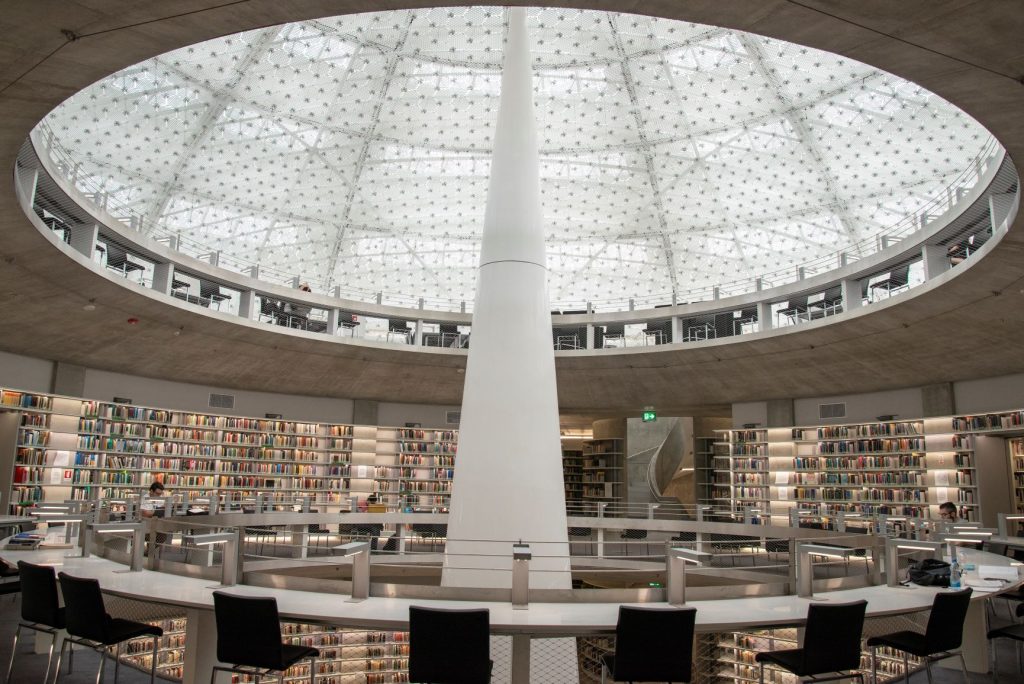Throughout the centuries, architectural styles change, depending on the cultural, environmental, and technological influences of each historical period. In Nicosia town, various different architectural styles are harmonically combined, with a number of old and new buildings scattered around the capital, revealing the unique characteristics of each epoch. In this article, we will discuss a few of the most beautiful architectural buildings in Nicosia, both traditional and modern.
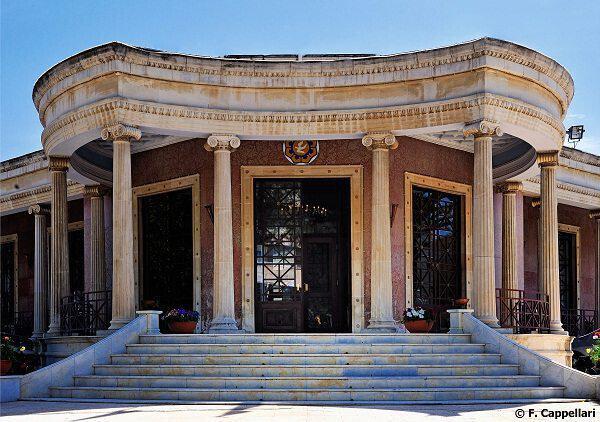
Nicosia Townhalls (Old and New)
Located in the D’Avila bastion, the Old Town Hall of Nicosia is one of the most beautiful neoclassical buildings within the city walls. This building housed the municipality of Nicosia from 1944 until 2016.
After a period of almost 100 years, the New Town Hall of Nicosia, was built in the heart of the capital. The whole building complex makes a harmonious eco-neighbourhood with low-energy consumption, comfortable interiors and friendly shaded, wind-protected public spaces which are open to the town, where urban life meets cultural heritage.
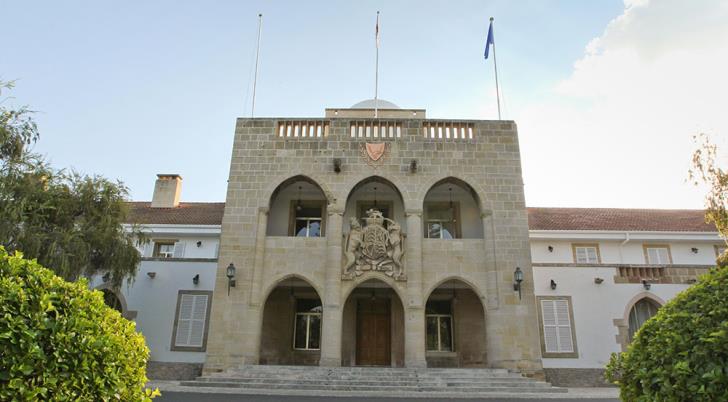
Presidential Palace
The Presidential Palace is one of the most prominent historical buildings of Cyprus that has a unique design and style. Until 1960, it was used as the House of the British Governor of Cyprus. After the independency of Cyprus, the Government House became the official Presidential Palace of the Republic of Cyprus. The Presidential Palace was destroyed in 1974 but was rebuilt a few years later.
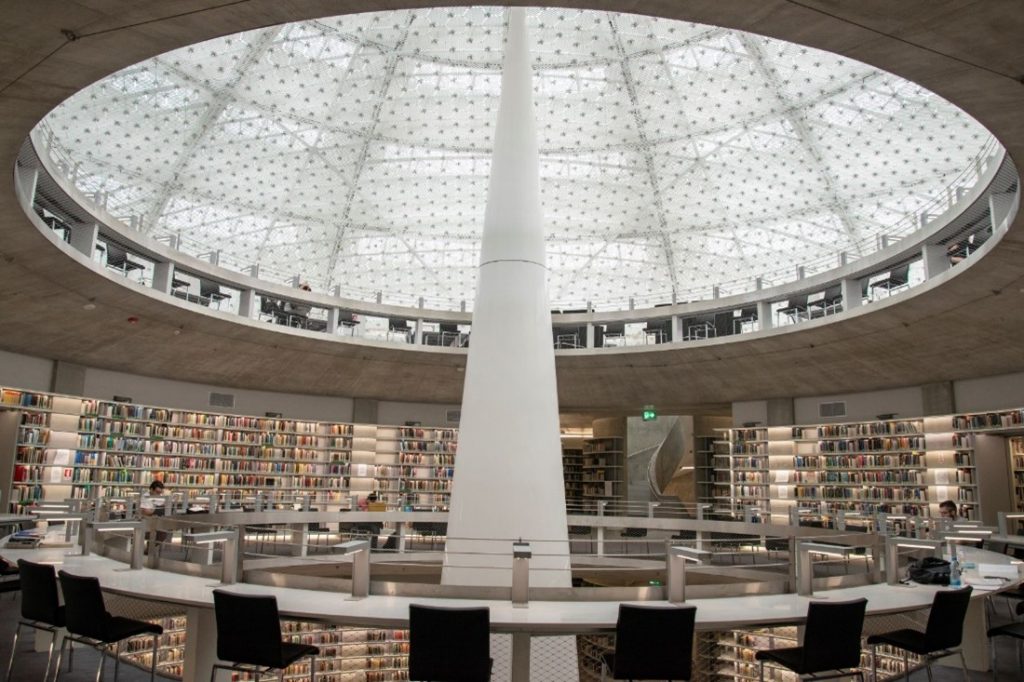
Stelios Ioannou Learning and Resource Center
This truly unique building houses the library of University of Cyprus. Atelier Jean Nouvel, design the building to look like an artificial hill -and they really nailed it!-. Apart from the library, the four-storey building contains an information systems centre, the Center of Technology for Teaching, and a language centre. The 15,000-square-metre library building contains 620,000 printed volumes 900 study spaces arranged around a central circular atrium.
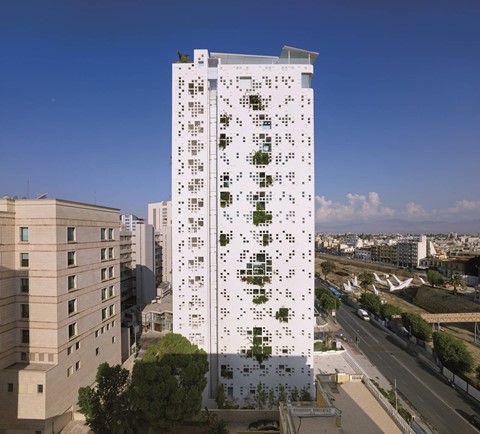
Tower 25
One of the most beautiful buildings in Nicosia is Tower 25, also known as White Walls. Tower 25, which was completed in 2013, is 67 metres high, making it the fifth tallest building in Cyprus. It was designed by the well-known Pritzker-prize winning architect Jean Nouvel and Takis Sophocleous Architects. The Mediterranean vegetation that fills the numerous pierced square holes of the snow-white walls makes the construction truly breath taking. In the evenings, the balconies have phosphorescent bluish lighting, giving a fantastic, somewhat futuristic, look to the building and surrounding area.
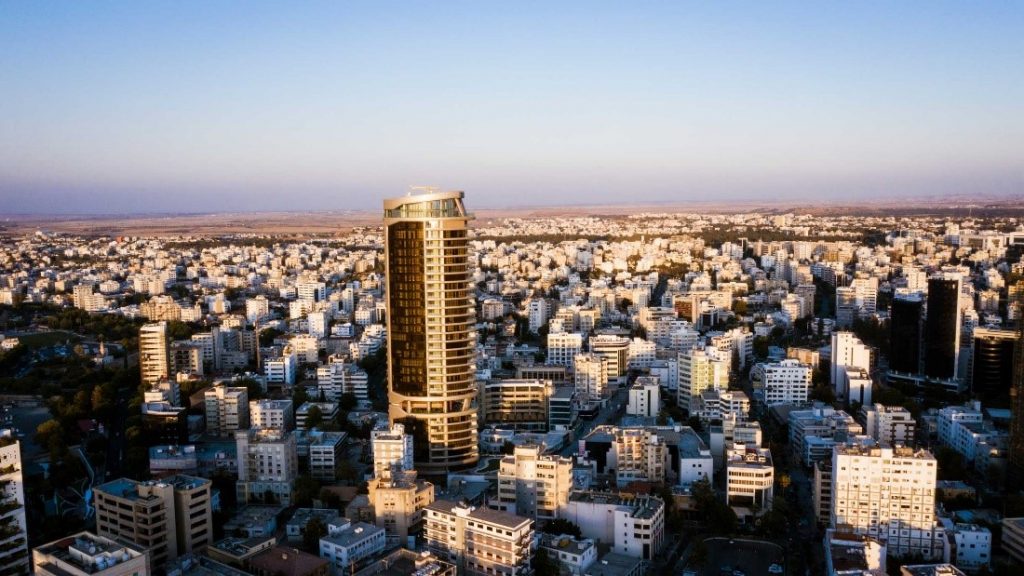
360 Nicosia
The tallest building in Nicosia is 360 Nicosia, with 34 storeys, 117 apartments, shops, and restaurants. Located in the very centre of Nicosia, the building lies in an upcoming pedestrian plaza in order for residents and visitors to be able to engage in a number of activities, from relaxing walks and cycling to shopping and enjoying a meal while the children are having fun in the designated play area. The panoramic view of the city and beyond renders the building a true gem of the capital!
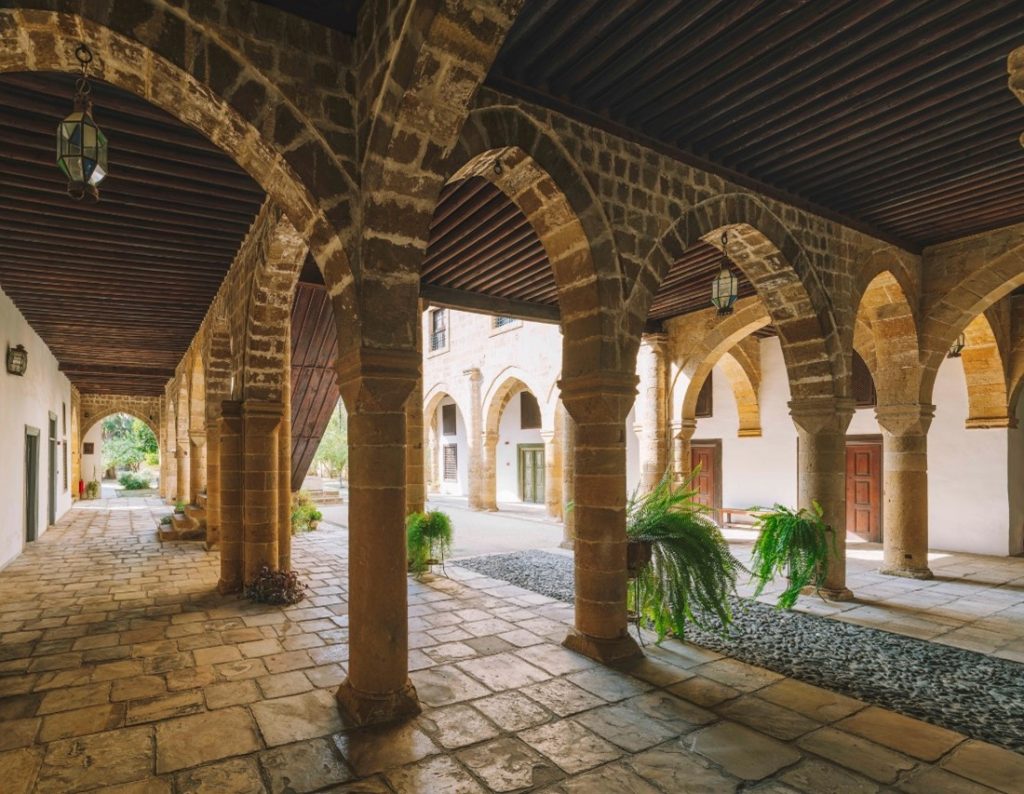
Hatzigeorgakis Kornesios Mansion
Another example of the 18th century architecture is the manor house of Hatzigeorgakis Kornesios, restored by the Department of Antiquities to house the Cyprus Ethnological Museum, Notably, in 1988, the building received the ‘Europa Nostra’ award. Like the Archontiko of Axiothea, this house is also shaped like the Greek letter P, and it has a beautiful inner courtyard with a fountain and a hammam.
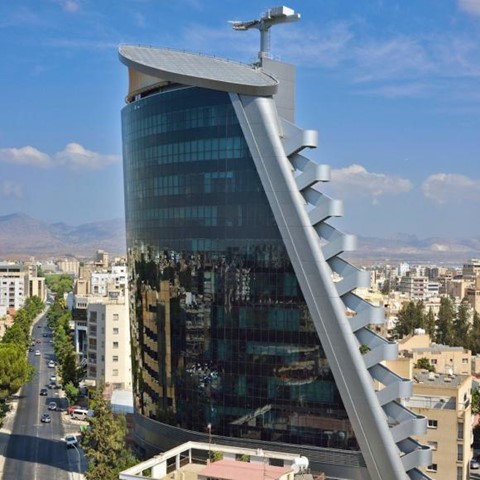
Wargaming
Wargaming, one of the largest Cyprus-based companies, is housed in one of the tallest buildings in Nicosia, a 75-metre tall tower. The tower has a steel framework and decking while the roof is coated in photo-voltaic panels, making it the first Class A energy efficiency building in Cyprus. The building itself, with its large size and ultramodern design, is very impressive indeed.
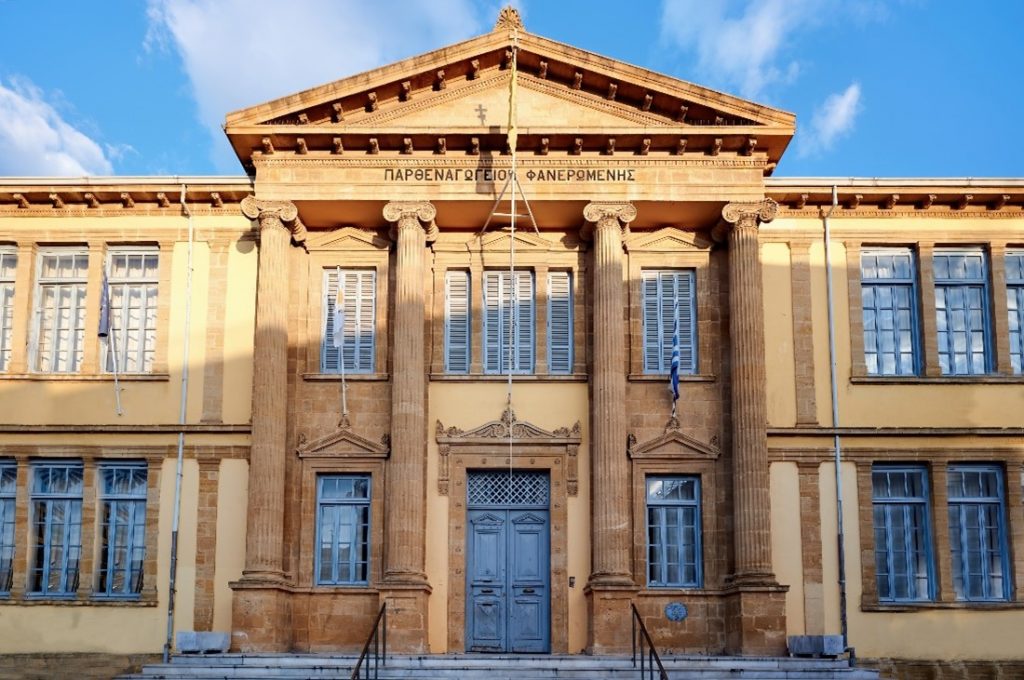
Faneromeni Girls’ School
The Faneromeni Girls’ School forms one of the most historic buildings in Nicosia, located just a few metres from the green line, surrounded by the many shops, cafes, and taverns of the old historical centre. It was founded in 1852 as a boys-only school and converted 7 years later into a school for girls.
Cyprus certainly has a very interesting history that, naturally, is reflected in the island’s architectural style, both in public buildings and private residences. The amalgamation of old and new architecture is most prominent in the capital of the island, rendering Nicosia the ideal destination for architecture enthusiasts.


